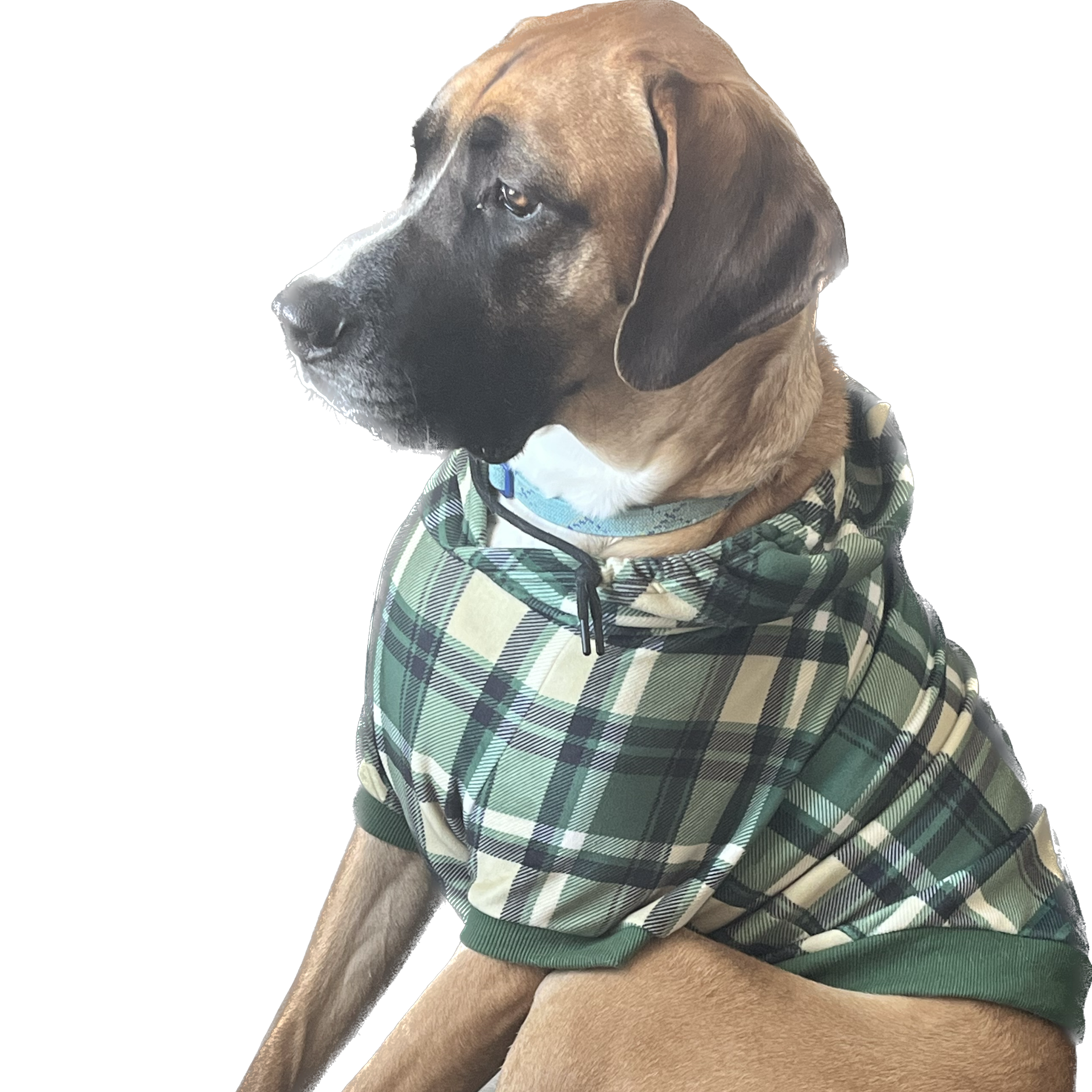Food aggression in dogs is a serious behavioral issue that can pose a danger to both the dog and its owner. It is important to address food aggression in dogs early on to prevent it from escalating and becoming a more serious problem. In this blog post, we will explore the causes of food aggression in dogs and provide tips for eliminating this behavior.

Understanding Food Aggression In Dogs
Food aggression in dogs is a type of resource guarding behavior that occurs when a dog perceives a threat to its food. This can manifest itself in various ways, such as growling, snapping, biting, or lunging. Some common triggers for food aggression in dogs include:
- A history of food scarcity or competition
- Poor socialization and training
- Genetic predisposition
Dealing With Food Aggression In Dogs
If your dog is shows food aggression, it is important to take steps to address this behavior. Here are some tips for dealing with food aggression in dogs:
Identify The Triggers
The first step in dealing with food aggression in dogs is to identify the triggers that cause the behavior. Is your dog aggressive towards people, other dogs, or both? Does the aggression occur when you approach the dog’s food bowl or when the dog is eating? Once you identify the triggers, you can work on developing a plan to address them.
Teach basic obedience commands
Teaching your dog basic commands such as “sit,” “stay,” and “come” can help establish a clear hierarchy and reduce feelings of insecurity or aggression. Use positive reinforcement techniques such as treats, toys, or praise to reinforce positive behavior.
Use Desensitization Techniques
Desensitization techniques involve gradually exposing your dog to the trigger that causes food aggression and rewarding positive behavior. For example, if your dog becomes aggressive when you approach its food bowl, start by standing at a distance and rewarding your dog for staying calm. Gradually decrease the distance over time and reward good behavior.

Feed Smaller More Frequent Meals
Feeding your dog smaller meals, more often throughout the day can help reduce feelings of competition or scarcity. This can help lower the chances of food aggression in dogs.
Use A Slow Feeder Bowl
A slow feeder bowl is a bowl designed to slow down the rate at which dogs eat their food. This helps reduce feelings of competition or aggression during feeding.
Avoid Confrontations
If your dog becomes aggressive during feeding, avoid confrontations. Do not attempt to take the food away from your dog or punish it for aggressive behavior. This can escalate the situation and increase the risk of injury.
Seek Professional Help
If your dog’s unwanted food behavior continues or becomes more severe, it may be helpful to seek professional help from a dog trainer. They can provide additional guidance and support to help manage the behavior.
Summary
Food aggression in dogs is a serious behavioral issue that requires prompt attention and intervention. By identifying the triggers, teaching basic commands, using desensitization techniques, feeding smaller, more frequent meals, using a slow feeder bowl, avoiding confrontations, and seeking professional help, you can reduce and eliminate food aggression in your dog. Remember, managing food aggression in dogs requires patience, consistency, and a willingness to work with your dog to achieve the desired results. With time and effort, you can help your dog overcome food aggression and establish a healthy and positive relationship with you and those around them.
